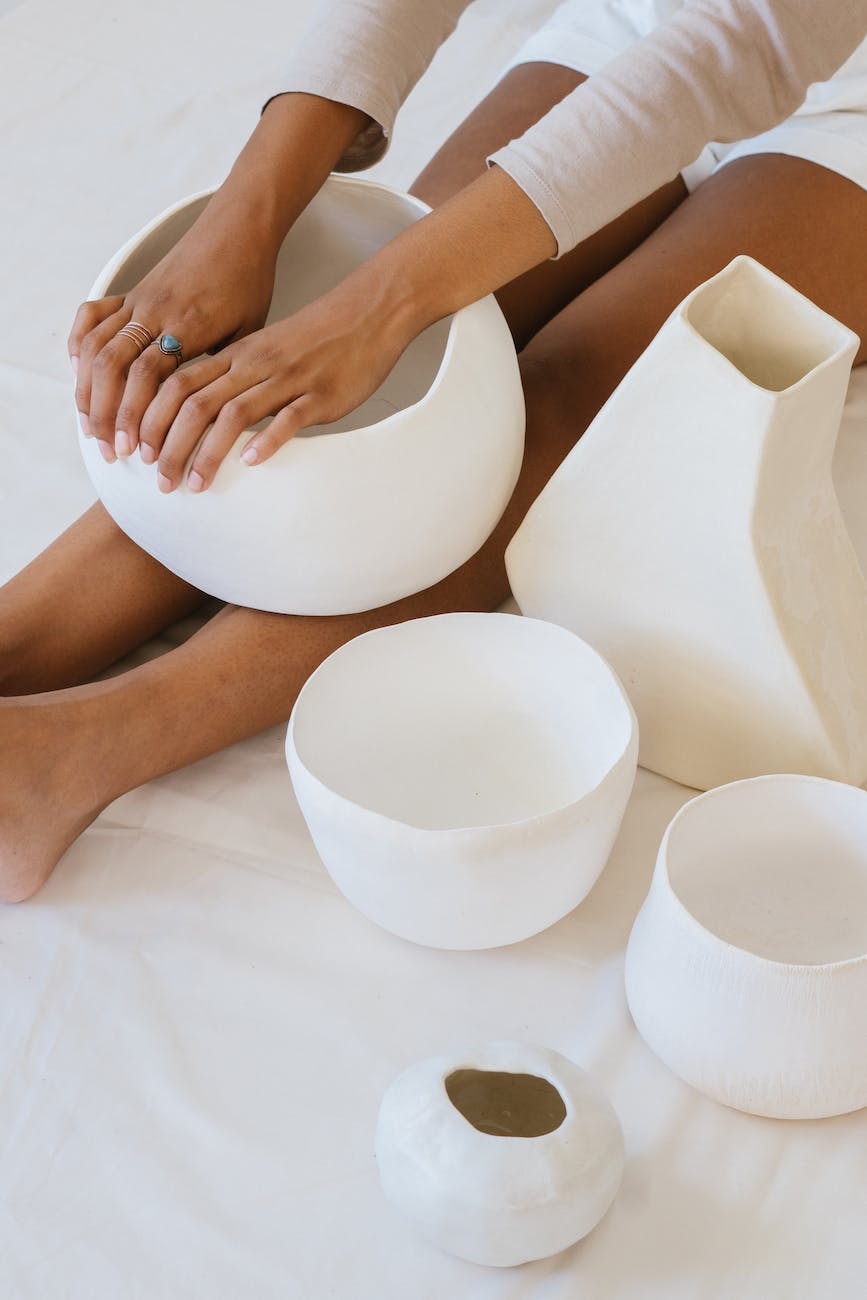The Changing Faces of Ceramics: Tracing Pottery Styles Through the Ages
Pottery styles continuously evolved across cultures and eras responding to creative innovations, available materials, trade interactions, and changing aesthetics. Tracing highlights of major ceramic types from prehistoric times to the present reveals the creative lineage underlying today’s ceramic arts. Appreciating pottery’s rich history informs contemporary works.
Prehistoric Pottery
The earliest known pottery dates back over 20,000 years to ice age China, Japan, and Eastern Europe. Primordial vessels feature hand-molded organic forms decorated with twisted cord patterns and basic geometric motifs. These initial explorations of the plasticity of wet clay originated functional pottery.
As cultures developed, pottery advanced to include kiln firing, wheel throwing, and glazing. Common themes of fertility, wildlife, and mythology emerged across ancient cultures. Simple shapes and earth pigments conveyed shared symbolic meaning.
Classical Greco-Roman Amphorae and Kraters
In Greece and Rome, ceramic production reached new heights of sophistication. Distinctive vessel shapes included slender amphorae jars for transport and wide kraters for mixing wine. Elegant black and red painted figures and floral motifs adorned minimalist silhouettes. Makers stamped wares with official seals guaranteeing provenance.
These harmonious forms and spare rustic décor defined the elegantly restrained Classical aesthetic that still influences potters today through its masterful simplicity and balance.
Asian Celadon, Tenmoku, and Raku Wares
Asia developed many unique regional pottery types from the subtle green jun glazes of Chinese celadons to the earthy rustic Japanese raku pots to the pitch black pools of Chinese tenmoku tea bowls. Highly ritualistic techniques like Japan’s meticulous chawan tea ceremonies evolved surrounding special wares.
Today these Eastern styles still guide potters through reverence for nature, discipline, and mindfulness during intensive creation processes that reward focus and subtle glaze effects.
Islamic Lusterware
During the Islamic Golden Age, ceramic artistry reached dazzling heights in places like Iraq, Egypt, and Spain. Radiant metallic luster glazes over ornately geometric motifs created glow comparable to gems and gold. Intricate patterns reflected light luxuriously.
This mastery of opulent design, mimetype, and shimmering surfaces still awes contemporary artists in its lavish detail. Lusterware remains among history’s most complex ceramic techniques.
Art Nouveau Majolica
The turn of the 19th century Art Nouveau movement brought whimsical curving organic motifs, dynamic compositions, and bold colors to European ceramics. Majolica techniques like relief modeling and speckled glazing produced decorative tableware and figures with fantastical flora and fauna designs.
This lively departure from historicism inspired unrestrained creativity and fresh approaches blending rich textures and colors outside subdued convention. Potters continue reaching toward this energy.
Mid-Century Modern Simplicity
Post-war designers distilled pottery to refined essentials in forms, palette, and surface. Japanese meditative style blended with Scandinavian simplicity and functionalism. Compositions focused on elegantly spare geometric shapes, tactile matte bisques, and muted neutral glazes.
This cleansing reductionism cleared room for individual expression within constraints. Disciplined flexibility remains a keystone of contemporary ceramics grounded in versatility.
Exploring Ancient Wisdom Through Contemporary Practice
From primitive vessels to ornateStatus tiles, pottery continuously evolves across societies. Returning to primordial forms reconnects with essences often obscured in complexity. By interweaving learning from the past with personal perspectives, potters participating in an unbroken creative chain that both preserves and progresses the spirit of creativity through clay across time.
